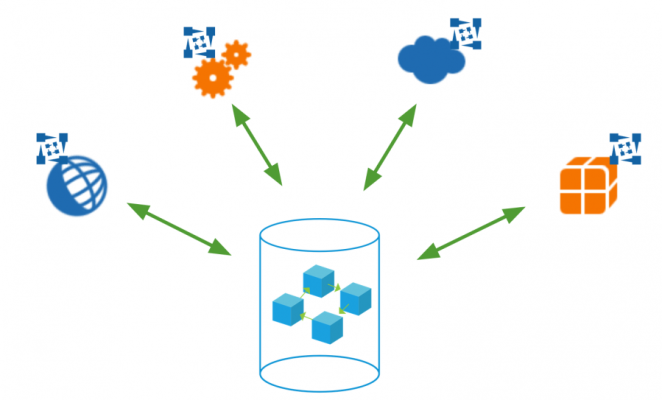Our research shows development shortened by 40% with virtualization technology
A research report produced by QA Financial’s research team and based on results from Bank of America and ING benchmarked against a broader set of data provided by financial firms, has found that test virtualization technology can reduce software development times by up to 40%.
The research was based on a study conducted with the DevOps teams at Bank of America and ING, and was produced in partnership with Parasoft, the California-based, automation vendor whose product suite includes Parasoft Virtualize.
The white paper describing the research can be downloaded free here.
While the technology of test virtualization – replicating or emulating software, systems and data in order to test more quickly and consistently – is well-established, even some of the largest international banks have yet to establish its true value in terms of the RoI it delivers against up-front costs and longer-term maintenance costs.
We believe the report is a significant step forward in describing the benefits of virtualization, as financial firms seek to increase software release velocity and subsequent speed to market. Our research found that three elements are critical to success: test service virtualization, test data preparation, and an effective integration between micro-services and components.
But while achieving these goals is one challenge; proving their benefits with clear benchmarks is another. For this, our research drew on data compiled by QA Vector Analytics from 20 leading financial firms, which benchmarks the effectiveness of those firms’ software quality management processes. (You can read more about QA Vector Analytics here.)
We then took a deep-dive with Bank of America and ING into some of the specific quality assurance challenges they are facing as they continue their transition to continuous integration and deployment (CI/CD), and why they are looking to service virtualization and Parasoft to accelerate that transformation.
Providing on-demand test environments for complex interfaces between services was previously a bottleneck for ING, for example. Simplifying the service environment with the support of Parasoft Virtualize allowed ING to create credible test environments for its teams and containerized versions for vendors whenever required, said Raymond Smit, IT Chapter Lead at ING.
“It was always very difficult to do your tests on time. We simulated the test environments in a simple way, but it’s not the live situation. We came to Virtualize so we could record the behavior of each interface and have a stable test environment” said Smit, in an online interview you can see here.
The transition from monolithic services to chains of microservices makes test data generation another complex challenge. According to Istiak Ahmed, SVP and Software Quality Assurance Manager, at Bank of America, this requires a deep understanding of upstream data filtration – if data is selected manually.
When Bank of America switched to test virtualization, the time spent on test data management was reduced by 50%, said Istiak Ahmed.
Our research paper also covers other bottlenecks common to release management; for example the typical requirements for UI testing, which often force teams to wait until development is complete, creating tests that are volatile and difficult to maintain. Service virtualization allows teams to begin testing on partially built systems, shifting testing left.




